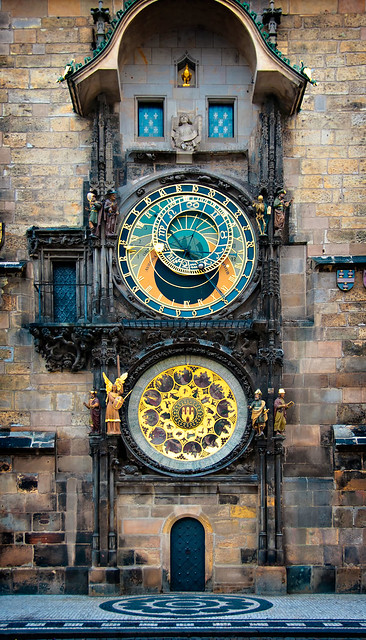Objective:
- Learn about the National Endowment for the Arts
Original Post:
Im going to be talking about my personal opinion about the role of public art. Public art is artwork in the public realm, regardless of whether it is situated on public or private property, or whether it is acquired through public or private funding. Public art can be a sculpture, mural, manhole cover, paving pattern, lighting, seating, building facade, kiosk, gate, fountain, play equipment, engraving, carving, fresco, mobile, collage, mosaic, bas-relief, tapestry, photograph, drawing, or earthwork. I believe public art is good should be widely used everywhere, It’s is nice to see what people make that is open to the public for free. Even though it can be expensive at times, it is well worth it. “During the tumultuous 1960s, public art was viewed as a way to beautify America’s public spaces and simultaneously unify a public divided over issues of race, gender, and the Vietnam War”(4). I agree with this statement from the reading. Art can unify people into gazing upon something of beauty. Why is public art so controversial? Answers vary, but in general public art controversy relates to the essentially conversational nature of the art itself. Usually located in visible public spaces, organized by public committees, frequently funded by public dollars, and intended for multiple audiences. Public culture can be contentious, especially in a country that values individualism, freedom of expression, and First Amendment rights, and yet also prizes communal experiences and relationships. A quote from the reading, “Conflicts over public art at the local level often persuade community leaders, elected officials, funding agencies, and artists themselves that public art is simply “too hot to handle.” But these heated debates also suggest that the American public, often typecast as apathetic and uninformed, is keenly interested in cultural conversations about creative expression and civic and national identity. The dynamics surrounding public art reveal an ongoing American commitment to meaningful conversations, which are the cornerstones of an active democratic culture”(1). Public art often has to cater to multiple constituencies and, as any politician knows, you can’t please everyone. Bowing to the interests and demands of one public may alienate another. But public art like politics is a collaborative exercise and depends on tolerance, compromise, and respect. Ideally, public art controversy animates creative civic dialogue. The key is to keep our public conversations meaningful and productive and to reclaim public culture as a forum for debate rather than an arena of hate.Grounded in conversation, dialogue, and often debate, public art can serve as a symbol of civic examination, prompting further debates about community needs, hopes, and histories. As an instrument of public conversation, public art can become a catalyst for civic and national revitalization. Often because it is controversial, public art can play a central role in shaping and directing community identity. A quote from the reading, “Public art is an antidote for the hatred and disconnectedness in society. It is a creative, participatory, critical, and analytical process. We must tell our stories, and encourage others of all ages to tell their stories in any language they speak. We must teach ourselves and others to listen and to hear our stories because it is in the very specificity of the human experience that we learn compassion”(11).
Reflection:
I will be reflecting on The National Endowment for the Arts which is an independent agency of the United States federal government that offers support and funding for projects exhibiting artistic excellence. It was created by an act of the U.S. Congress in 1965 as an independent agency of the federal government(Wikipedia). I chose this artifact because I believe public art is a good thing and should be supported. When I was traveling around Europe, there was so much art to see in the public. With Europe being developed a lot longer than the U.S., it was cool to see all the different structures or creations made out in the public. Here in the United Stated, we need the support from the government and the people so we can build more public art. By doing this, we can bring together a community of people and have something to inspire us or just brighten our day. Here is some public art in Manhattan.

Future Goals:
Looking out into the future, I hope public art is still funded and supported by the governments and by the people. It is amazing to vast your eyes on creations that people have made for the public. This image of the astronomical clock located in Prague is one of my favorites. It was really cool to visit and see this in person.


what would you like to share again ?
Searching for getting least marketing tends to know how to grow our business with digital marketing so Tech City Studio updates daily least news about marketing. visit now